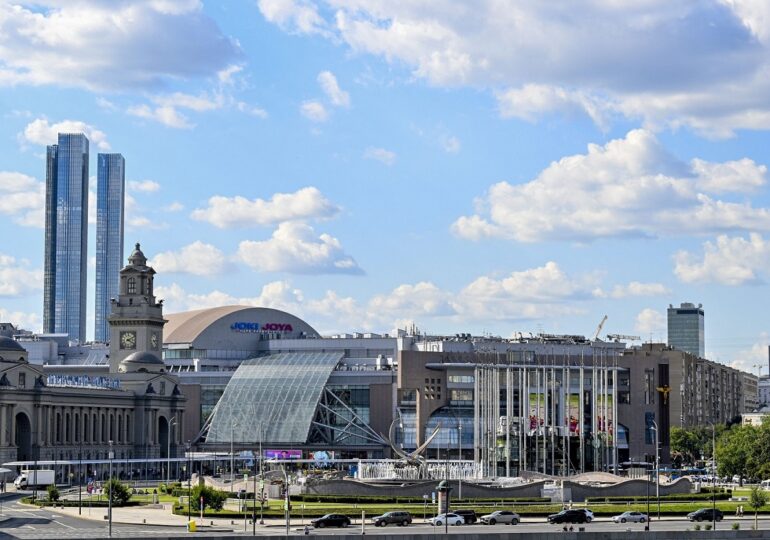The Europa Square in the capital of Russia no longer exists: the mayor has signed the decision to change the name of this place to Eurasia Square. The measure perfectly reflects the frosty relationship of the Kremlin with the West and the direction it is heading, further away from Europe.
The former Europa Square does not have the grandeur of Moscow’s most famous location, Red Square, guarded by the domes of St. Basil’s Cathedral and the walls of the Kremlin.
Eurasia Square is located near the busy Kiev train station and a hotel, where the BBC Moscow bureau was once situated. Here, there is a fountain and an unusual creation by a Belgian sculptor, titled "The Abduction of Europe."
Twenty years ago, when this square was built, it symbolized the unity of the European continent. Dozens of flags of European countries fluttered there until last year when they were removed. The same goes for the name, as reported by BBC.
Europa Square no longer exists, now there is only Eurasia Square.
Europe is no longer in fashion, Europe is the enemy
But what does Eurasia mean? Different countries have different concepts of Eurasia. Russian President Vladimir Putin considers Russia a Euro-Asian power. He uses the term to emphasize that Russia is geographically in Europe and Asia, but is different from both in terms of civilization.
Although the square bears a different name in line with the current reality, the old commemorative plaque remains there. "As a sign of friendship and stronger unity among European countries, the Moscow government decided to create the ensemble of Europe Square in the capital of Russia," it reads.
- Fire and sabotage, the new weapons of Russia - Europe is on high alert
- Russians recruit volunteers on Telegram and TikTok for sabotage operations in Europe
Russia's war in Ukraine and Western sanctions have put enormous pressure on relations between Moscow and Europe.
Russian authorities constantly remind of the need to tilt towards the East and look more towards China, North Korea, and the entire Asian continent.
Europe is no longer in fashion, and is even portrayed as an enemy by Russian authorities.
This is not the first time Moscow plays political games with street names after the invasion of Ukraine.
In June 2022, the location of the United States embassy was renamed "Donetsk People's Republic Square," a direct reference to the self-proclaimed separatist republic in Ukraine, which Russia later claimed to have annexed.
A month later, the same method: the place where the British embassy is located became "Luhansk People's Republic Square."
"I don't want to be in Europe"
Passersby in Eurasia Square are pleased with the new name of this place. "It's a correct decision. We are not friends with Europe now. I don't want to be in Europe," a woman named Olga told BBC correspondent Steve Rosenberg.
"Eurasia is good. Russia borders Europe and Asia. I was born in Kazakhstan, so it's okay for me," another woman named Anna said.
"Europe has different standards now. They think differently. We are slowly drifting apart," Pasha believes.
However, there are also people who disagree with the name change of the square. Evghenia sees this as "a sign of conflict between different countries." "It's very sad," she says.
History proves, however, that changing the names of streets, squares, and institutions doesn't really matter much. After the Russian Revolution of 1917, many streets and squares in Russia were renamed to fit communist propaganda. After the collapse of the Soviet Union, the names of many public places were changed again.
The decision to drop the word Europe from a square does not mean that one day Russia will not look towards the West again, concludes Rosenberg.
T.D.

